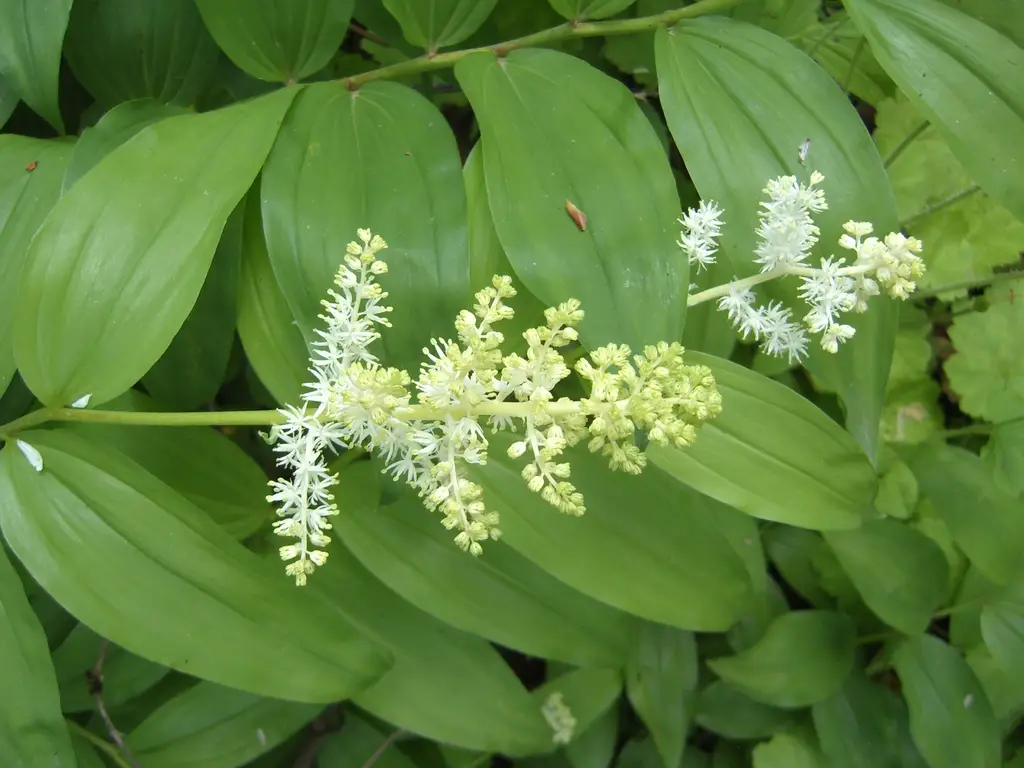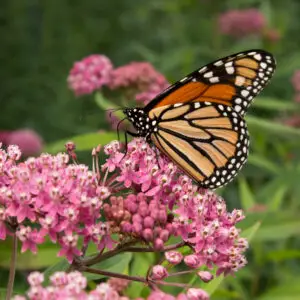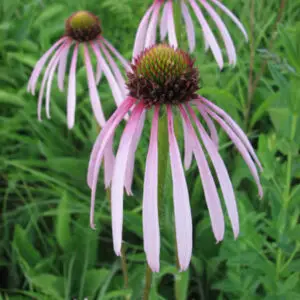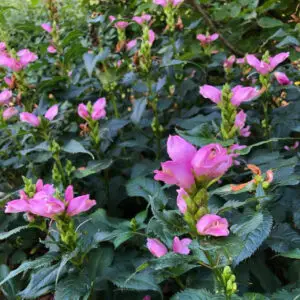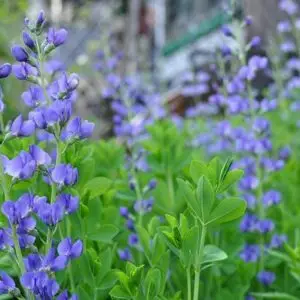| Size | Trade Gallons, Two Gallons, Three Gallons |
|---|
Maianthemum racemosum – False Solomon’s Seal (B&B.FRG.GRD.H.M.MTH.NB.OP)
Ecosystem Services:
(B)-Birds (B&B)-Birds & Butterflies
(BTF)-Butterflies (BW)-Black Walnut Resistant
(DR)-Deer Resistant (DRGHT)-Drought Resistant
(EC)-Erosion Control (EVR)-Evergreen
(FC)-Fall Color (FRG)-Fragrant
(GRD)-Groundcover (H)-Host plant
(HMR)-Hummingbirds (M)-Mammals
(MTH)-Moths (N)-Nectar
(NB)-Native Bees (NST)-Nesting Material
(OP)-Other pollinators (RR)-Rabbit Resistant
(SHWY)-Showy (SPC)-Specimen Plant
False Solomon’s seal is a perennial wildflower native to the piedmont, mountains, and coastal plains. In nature, it can be found growing in deciduous forests throughout the region as it prefers moist, well-drained, humus-rich soils. It does not do well during hot, humid summers in the southern states. Caution should be taken when attempting to transplant as the roots don’t take well to being disturbed, particularly when the plant has yet to become established. This plant can form a large colony, however, it colonizes slowly by way of its thick rhizomes. The foliage will die to the ground each fall, to emerge in the spring from its rhizomes.
The foliage resembles those found on Solomon’s Seal, however, the flowers on each are different. In addition, False Solomon’s Seal flowers appear at the end of the arching stems. The flowers on True Solomon Seal are droop from the leaf axils along the stem and are bell-shaped.
Its common name of False Solomons Seal comes from its resemblance to true Solomon’s Seal. They may be found growing in the same areas.
Native Americans used the root and leaves in the production of medicinal tea. They also ate the young shoots and processed roots
Host plant for the Omnivorous Leafroller Moth.

